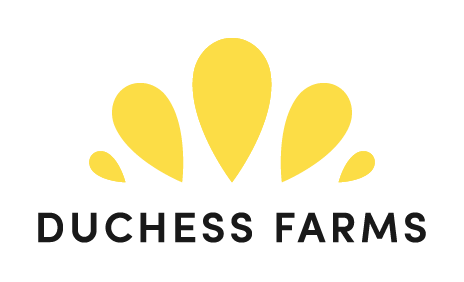What’s on your garden to-do list for May?
The weather is starting to warm up now and, as long as you keep an eye out for frost, it’s time to start watering the garden on a regular basis. You’ll also want to keep an eye out for weeds, as they’ll compete for the nutrients and sunlight, as well as picking off caterpillars as you see them.
It’s a busy time in both the fruit and vegetable gardens now, so here’s a recap of what you need to be doing this month.
The fruit garden
Look to start planting out your strawberry plants, including alpine strawberries. Protect the young plants, by pulling straw surrounding them with straw and covering them with nets. Protect your fruit trees with netting and remove wayward shoots, retying more suitable shoots as necessary.
Put up bird protection on all soft fruit now. Pull of the suckers appearing at the base of fruit trees now and thin out the raspberry canes, as needed. You’ll also want to thin out the gooseberries, if you want bigger fruits.
If you’re looking to grow indoor melons, move growbags into the greenhouse for a couple of weeks to warm them up. You can then water them well, a day or two before you planting the young melon plants and, if you’re growing indoor grape vines, run your hand gently along the flowers, to pollinate them.
Finally, look to harvest rhubarb by picking a third of the total stems and remove the blossom and fruit from newly planted fruit trees, to allow them to establish properly during their first year.
The Vegetable garden
Now is the time to transplant out those Brussel sprout plants for next winter. Whilst you’re getting a head-start on next year’s harvest, sow cauliflower and sprouting broccoli seeds. Keep an eye on all of your brassica plants and pick off any yellowed leaves as soon as they appear, as this will help prevent spread of mould and mildew.
Hardy off young plants such as outdoor tomatoes, pumpkins and courgettes, for approximately 10-14 days in the greenhouse, before planting them out. Also plant out your brassicas, but ensure you net them to protect them from the birds.
Start sowing your main vegetable seeds – including both broad and runner beans, sweetcorn, spinach, leeks and chard. You can then intermingle shorter term crop seeds between the rows, such as lettuce, carrots, radishes and salad leaves – but make sure you plant short runs, every fortnight, to avoid having a glut.
If you’re growing asparagus, now is the time to harvest the spears, whilst they’re no more than 18cm tall.
Look to erect canes around your beans and peas, and then cover them with nets, to protect them from the birds. Whilst you’re looking at protecting your plants, remember to cover the carrots with insect-proof mesh, to protect them from carrot fly.
Finally, when your potatoes shoots are 6-9 inches tall, earth them up. You’ll also want to earth them up again in June, and then again 2-3 weeks later. Do this by pulling up the soil around the stems, leaving 2 inches of foliage at the top.

